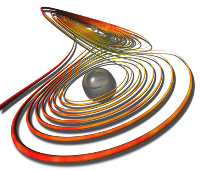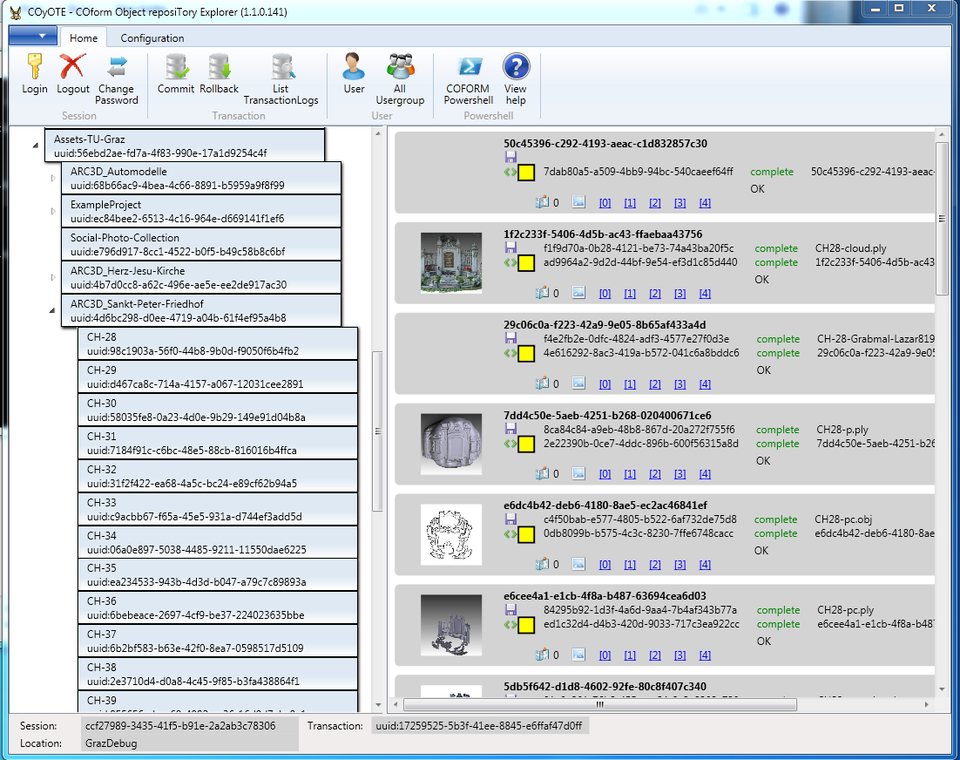3D-COFORM
Contributors at CGV:
Dieter Fellner
Sven Havemann
Peter X. Pan
Thomas Schiffer
René Berndt
Martin Schroettner
Stefan Mayer
The 3D-COFORM consortium has one over-riding aim: to establish 3D documentation as an affordable, practical and effective mechanism for long term documentation of tangible cultural heritage. In order to make this happen the consortium is highly conscious that both the state of the art in 3D digitisation and the practical aspects of deployment in the sector must be addressed. Hence 3D-COFORM proposes an ambitious program of technical research, coupled with practical exercises and research in the business of 3D to inform and accelerate the deployment of these technologies to good effect.
The 3D-COFORM project will advance the state-of-the-art in 3D-digitisation and make 3D-documentation an everyday practical choice for digital documentation campaigns in the cultural heritage sector.
The project addresses all aspects of 3D-capture, 3D-processing, the semantics of shape, material properties, metadata and provenance, integration with other sources (textual and other media); search, research and dissemination to the public and professional alike.
For more information please visit the official 3D-COFORM website!
Goals of the Project
The digital acquisition techniques have made a great progress in cultural heritage (CH) field. New scan devices have been produced and it's now much easier to get a high-quality 3D model from small and fragile relics. The development of 3D model processing tools is also never been broken. Cleaning, de-noising, fining and patching are much more easier and accurate than ever before. The technical restriction of presenting 3D model through Internet has been also overcome - most new generation browsers have the capability to display 3D content directly. A pipeline infrastructure, which connects all those broken stages together, so that all participants of this whole process can contribute their efforts and also obtain benefits from others' contribution has been implemented. The infrastructure consists of following main features:
- Workflow Bounded
- Service Oriented Architecture
- Distributed Locations
- Scalable and Anonymous Storage
- Ingelligent Query
- Convenient Retrieval
Toolkit
Many practical tools have been developed for CH-professionals, in order to simplify their digitalization works. Such as COyOTE - an administrative tool for museums, research institutions, etc. COyOTE provides the administrator a convenient way to control all resources in repository. It can manage all datasets and file groups (ingest, retrieve datasets, update and browse metadata, annotations), control active transactions (commit, rollback, delete), view user group structure, extend the system's compatibility (by adding new mimetypes), and it integrates also a Windows PowerShell command line shell to invoke the RI web service functions. We have also developed other important and useful client applications, such as:Metadata Generator
CORExplorer

